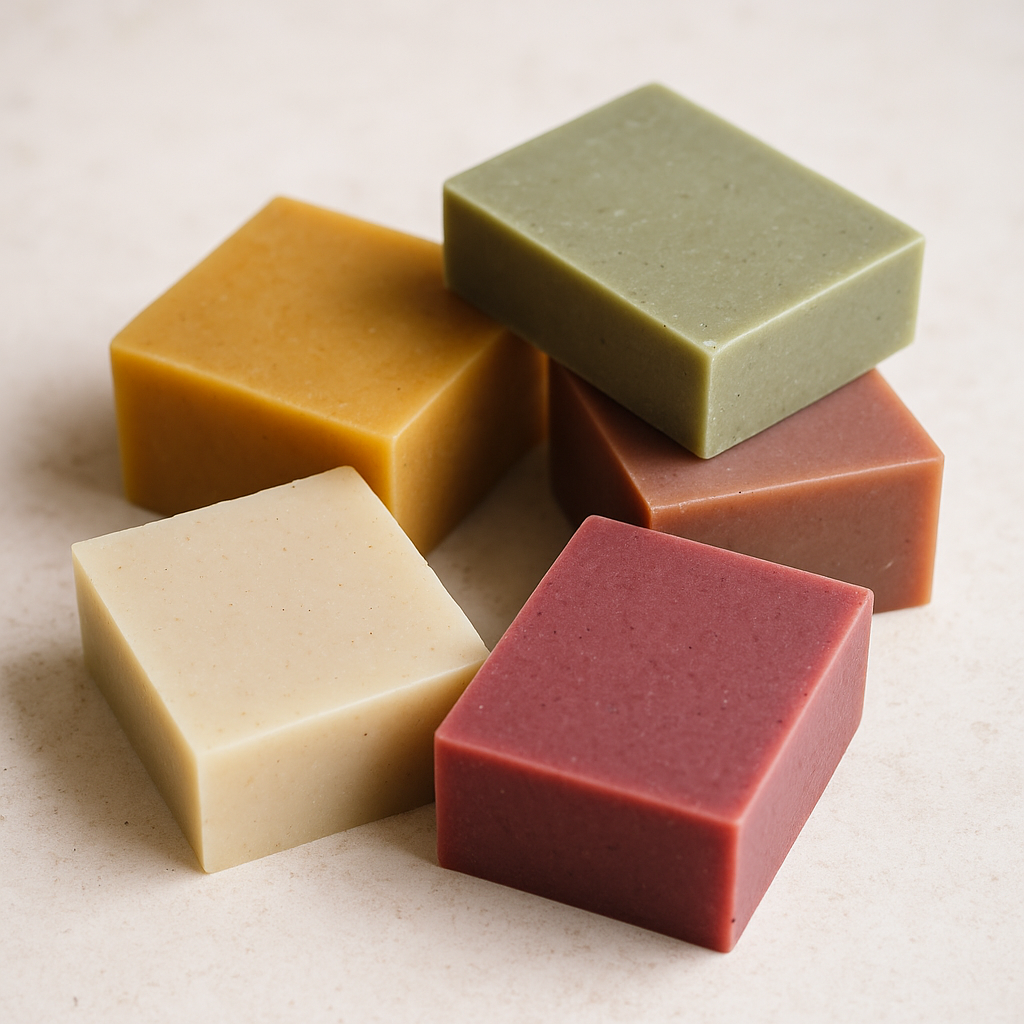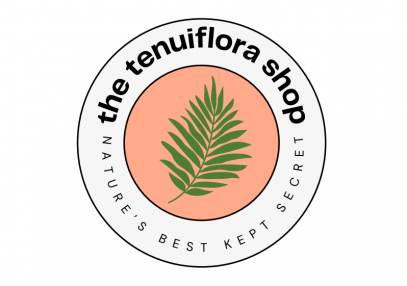Introduction: Why Plant-Based Dyes Are Taking Over Soapmaking
If you’ve ever wondered how to make your soaps stand out without relying on synthetic colorants or micas, you’re not alone. More soapmakers than ever are shifting toward plant-based dye ingredients — and for good reason. Beyond the beautiful colors, natural dyes bring an authenticity and earthiness that simply can’t be replicated with artificial pigments.
Whether you’re creating soap for personal use or running a small business, natural colorants tell a story. They connect your craft to centuries of tradition, where artisans relied on botanicals, roots, and flowers to bring their creations to life. Today, with sustainability and clean beauty movements rising, it’s no surprise that best plant-based dye ingredients for soap making is becoming one of the most searched phrases among natural crafters.
What makes plant-based dyes so special isn’t just their aesthetic — it’s their versatility. Each plant offers a unique tone, texture, and character. Some create deep, earthy purples; others provide vibrant greens or golden yellows. Unlike synthetic dyes that remain flat and uniform, natural dyes evolve with every batch, creating subtle variations that give handmade soap its organic charm.
In this guide, we’ll break down the top plant-based dye ingredients that professional soapmakers swear by. You’ll learn how each one behaves in different soap types, how to extract their colors effectively, and where to find high-quality, ethically sourced materials for your next batch.

Why Natural Colorants Are Worth the Switch
Switching to plant-based colorants isn’t just about labeling your soap as “natural” — it’s about transforming your entire soapmaking process. Synthetic dyes and micas often contain lab-made pigments, heavy metals, or microplastics that can irritate sensitive skin or harm waterways. In contrast, plant-based dyes come directly from nature and break down safely after use.
Here’s what sets them apart:
- Gentle on Skin: Many natural dyes come from herbs and roots that have been used for centuries in skincare.
- Eco-Friendly: They’re biodegradable, renewable, and often sourced from small farms.
- Authentic Aesthetic: Each bar feels one-of-a-kind — colors shift slightly depending on the batch.
- Sustainable Appeal: Natural hues align with modern eco-conscious beauty trends.
And while plant-based colors can fade more quickly than synthetics, most soapmakers view that as part of their beauty. The hues soften over time, revealing subtle gradients that mimic the way nature itself changes with age.
If you’re serious about crafting soaps that tell a story, working with botanical dyes gives your creations an authenticity that today’s conscious consumers instantly recognize.
How Plant-Based Dyes Work in Soap
Plant-based dyes work by transferring natural pigments — compounds like chlorophyll, anthocyanins, tannins, and curcumin — into your soap mixture. When these pigments interact with oils and lye during saponification, they bond to the soap base and create long-lasting, organic color.
Each pigment family behaves differently:
- Tannins (found in bark, roots, and leaves like Mimosa Hostilis) create rich, earthy reds and browns.
- Chlorophyll (found in spirulina and wheatgrass) produces deep greens and teals.
- Anthocyanins (found in flowers like hibiscus or alkanet root) bring purples and pinks.
- Curcumin (from turmeric) yields warm golden and orange tones.
Natural colorants are sensitive to pH, temperature, and light exposure, which means even small changes in your recipe can create entirely new shades. That unpredictability is part of their charm — no two batches are ever identical.
For consistent results, infuse your colorants in oil or water before adding them to your soap mix. It ensures smoother blending and helps control the concentration.
Top Plant-Based Dye Ingredients for Soap Making
Now for the fun part — the best plant-based dye ingredients for soap making that both beginner and expert soapmakers adore.
Mimosa Hostilis Root Bark (Deep Red-Purple Earth Tone)
If you want to achieve rich, earthy tones that feel luxurious and grounded, Mimosa Hostilis Root Bark powder is your secret weapon.
This bark, derived from the Mimosa Tenuiflora tree native to Mexico and South America, is packed with tannins that produce beautiful reddish-brown and purple shades. When added to your lye solution or infused into oils, it yields tones ranging from soft rose to deep mahogany.
Why soapmakers love it:
- Creates multidimensional, natural color.
- Adds gentle exfoliation.
- Has a subtle herbal scent when wet.
How to use it:
- Use powder form for cold process soap.
- Start small: ½–1 teaspoon per pound of oils.
- Watch the color deepen as it cures.
You can find ethically sourced Mimosa Hostilis Root Bark powder at The Tenuiflora Shop, known for its potency, freshness, and reliable quality.
Spirulina (Green to Blue-Green)
Spirulina is a natural algae powder that produces serene green hues, ranging from light sage to deep teal. It’s easy to use, affordable, and entirely plant-based.
Why it’s great:
- Vibrant, earthy tones.
- Antioxidant-rich and gentle on skin.
- Works in melt-and-pour or cold process soaps.
Add it at trace or just before pouring to preserve its color — overheating can turn it brown.
Turmeric (Golden Yellow to Warm Orange)
Turmeric is one of the most stable natural dyes available. A pinch is enough to create a golden, sunny tone that instantly brightens any soap.
Why soapmakers love it:
- Incredibly potent pigment.
- Naturally antimicrobial.
- Long-lasting color with minimal fading.
Use sparingly — too much can stain washcloths, but when used right, it creates the perfect warm glow.
Madder Root (Rose to Coral)
Used for centuries in textile dyeing, madder root brings rich pink and coral tones to soap. Its pigments extract beautifully into oils, making it a go-to for natural color enthusiasts.
Benefits:
- Beautiful range of rosy hues.
- Complements floral or citrus-scented soaps.
- Blends well with turmeric or alkanet root for custom colors.
Infuse in olive or almond oil for a few weeks for best results.
Indigo (Blue to Navy)
Derived from the Indigofera tinctoria plant, indigo gives deep, natural blues that range from sky-blue to denim navy. It’s incredibly concentrated, so a little goes a long way.
Tips:
- Mix with turmeric for mossy greens.
- Combine with madder for purple tones.
- Works beautifully in swirl designs.
Beetroot Powder (Soft Pink to Mauve)
Beetroot powder creates delicate pink and mauve shades — perfect for minimalist, pastel-style soaps. It’s easy to find and adds a lovely natural tone.
To keep the color vibrant, add it late in the process and avoid overheating.
Alkanet Root (Purple to Gray-Lavender)
Alkanet root is beloved for its ability to produce elegant lavender and grayish-purple hues. Its tone shifts based on pH, giving every batch a slightly different charm.
Why it stands out:
- Great for vintage-style soaps.
- Pairs well with lavender essential oil.
- Works best infused in oils.
Annatto Seed (Yellow to Peach)
Annatto seeds offer a warm, peachy tone that feels cheerful and organic. Infuse them in oil for two weeks before use to extract the full pigment.
They’re gentle, reliable, and ideal for pairing with citrus or floral scents.
Hibiscus (Soft Pink to Red Wine)
Hibiscus petals contain natural anthocyanins that deliver gentle pink and red hues. Though the color lightens slightly as soap cures, it still leaves a stunning natural blush.
Use as a tea infusion in your lye water for best results.
How to Use Plant-Based Dyes Effectively
Every natural dye has its quirks, but these principles will help you get the best results:
- Infuse for Control: Infusing your colorant in oil or water gives you smoother, more predictable color.
- Avoid Overheating: Heat dulls natural pigments, especially greens and blues.
- Test Ratios: Each harvest can vary, so always start with small batches.
- Be Patient: Natural colors deepen and stabilize as your soap cures.
Quick Reference Guide
| Ingredient | Color Range | Best Use Method | Stability |
|---|---|---|---|
| Mimosa Hostilis Root Bark | Red–Brown | Direct powder | Excellent |
| Spirulina | Green–Teal | Add at trace | Moderate |
| Turmeric | Yellow–Orange | Oil infusion | High |
| Madder Root | Rose–Coral | Oil infusion | Moderate |
| Indigo | Blue–Navy | Add at trace | High |
| Beetroot | Pink–Mauve | Direct powder | Low |
| Alkanet Root | Purple–Gray | Oil infusion | Moderate |
| Annatto Seed | Yellow–Peach | Oil infusion | High |
| Hibiscus | Pink–Red | Water infusion | Moderate |
Combining Dyes for Custom Shades
Once you’re comfortable with the basics, the fun begins — mixing and blending colors to create your own palette. Try experimenting with combinations like:
- Turmeric + Indigo = Green
- Madder + Alkanet = Plum or Mauve
- Beetroot + Annatto = Coral
- Spirulina + Turmeric = Olive
As more handmade soap makers move toward sustainable production, plant-based dyes are becoming essential for creating color naturally. Ingredients like turmeric, spirulina, and Mimosa Hostilis Root Bark not only provide stunning shades but also maintain the integrity of your formulas without artificial additives. One tip that often gets overlooked is blending smaller amounts of bark powder or plant extract with a carrier oil before adding it to your base — this ensures even color distribution and smoother texture. If you’re looking to experiment with new tones, try combining tannin-rich bark with gentle floral powders for a balanced, earthy finish that stays true even after curing
Where to Buy High-Quality Plant-Based Dyes
The best plant-based dye ingredients for soap making come from suppliers who value freshness, ethical sourcing, and transparency. Unfortunately, not every online listing fits that description.
Here’s what to look for when choosing your supplier:
- Clear sourcing details (country of origin listed).
- Airtight, light-blocking packaging.
- Ethical and sustainable harvesting methods.
- Consistent stock and responsive support.
At The Tenuiflora Shop, you’ll find Mimosa Hostilis Root Bark powder that checks all those boxes — ethically sourced, freshly ground, and ready to use. Starting with quality ingredients ensures your soap turns out beautifully every time.
For more insights into natural dyeing and pigment science, explore Natural Dyes International, an incredible resource for sustainable crafting education.
Conclusion: Bring Nature Into Every Bar
Natural dyes prove that you don’t need synthetic colorants to make beautiful, vibrant soaps. Each plant-based ingredient adds something special — from the rich purples of Mimosa Hostilis to the golden warmth of turmeric and the deep blues of indigo.
With every batch, you’re not just making soap — you’re creating a piece of nature. Whether you’re new to botanical colorants or ready to experiment with custom blends, these natural ingredients will elevate your craft and make your creations truly stand out.
Shop authentic Mimosa Hostilis Root Bark powder at The Tenuiflora Shop and bring the beauty of the earth into every bar.
